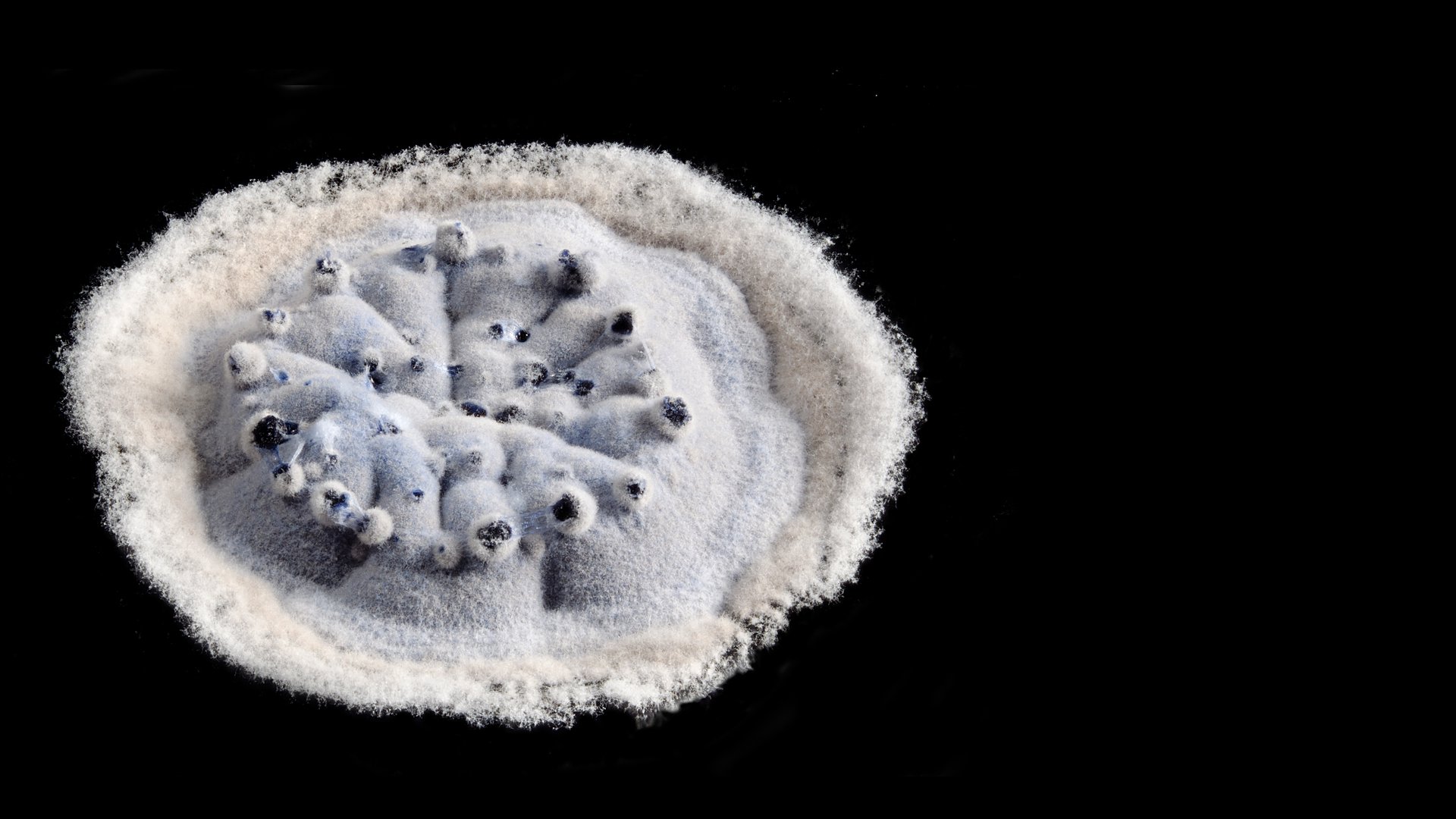Me, myself and… you!
Altruism is in fact the opposite of egotism. It used to be the case that altruism was viewed as a strange phenomenon in the animal kingdom. Why would animals help other individuals at their own cost? Charles Darwin already considered this question. Since then, many evolutionary biologists have further examined the issue. Altruistic behaviour can occur when parents sacrifice themselves to save their young. Another form of altruistic behaviour is known as kin selection: helping your close relatives by sacrificing a little of your own reproductive success. Wolves, for instance, take pieces of meat back to family members who weren’t on the hunt. This costs them a lot of extra energy, but they are considerably increasing their relatives’ chance of survival, and thus of successful reproduction. And now, altruism has also been observed in soil bacteria.
Colonial distribution
The studied species of bacteria is known as Streptomyces coelicolor. These soil bacteria are known mostly because of the substances they produce: antibiotics. In the research, now published in Science Advances, scientists discovered that some of the individuals in a S. coelicolor colony specialise in making antibiotics and other useful substances. By doing this, these individuals reduce their own chance of reproducing, but it benefits the colony as a whole. In fact, this colony consists of many relatives of the antibiotic-producing individuals. And so, the genetic material of these individuals is passed on successfully, in the form of many related offspring.
Separate altruistic amoebas
This is not, in fact, the first discovery of altruistic behaviour in a microorganism. Scientists have known of similar behaviour in the single-celled amoeba Dictyostelium discoideum for years. This form of cooperation is particularly bizarre. If no food has been found for a long time, multiple individuals clump together and form a sort of slug, a gliding mass of amoebas. When this amoeba slug has found a new suitable environment, it transforms into an upright fruiting body that rather resembles a lamp-post. This marks the point at which the cells start to specialise. The individuals at the top of the post then produce spores that develop into new single-celled creatures elsewhere. And so, the individuals that form the ‘post’, or stalk, sacrifice themselves for the greater good.

